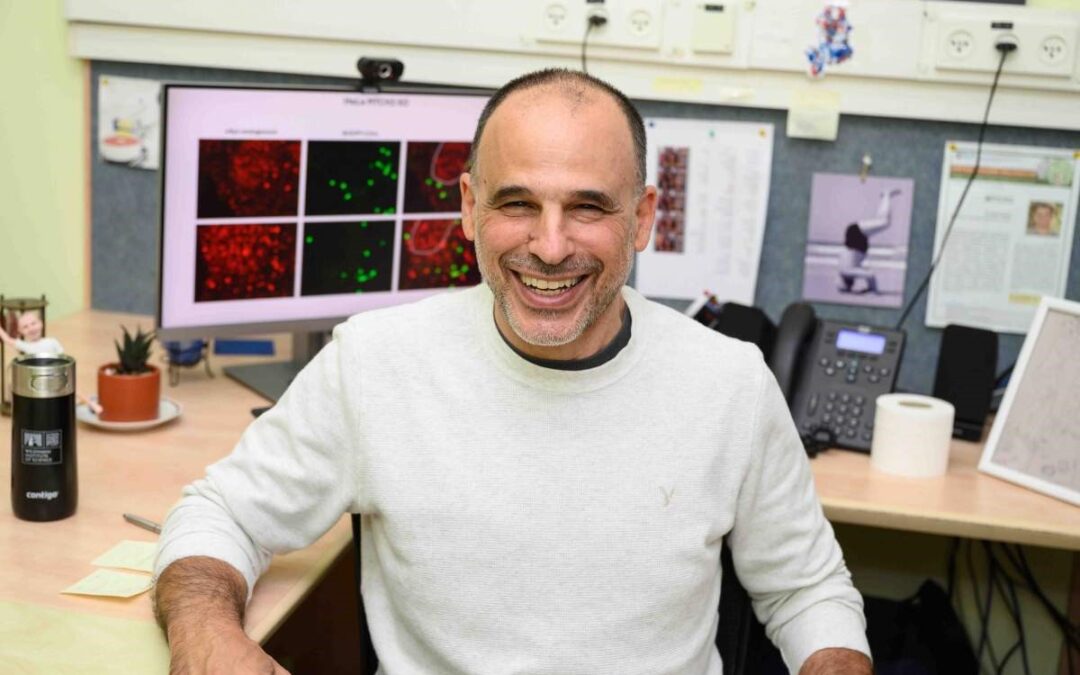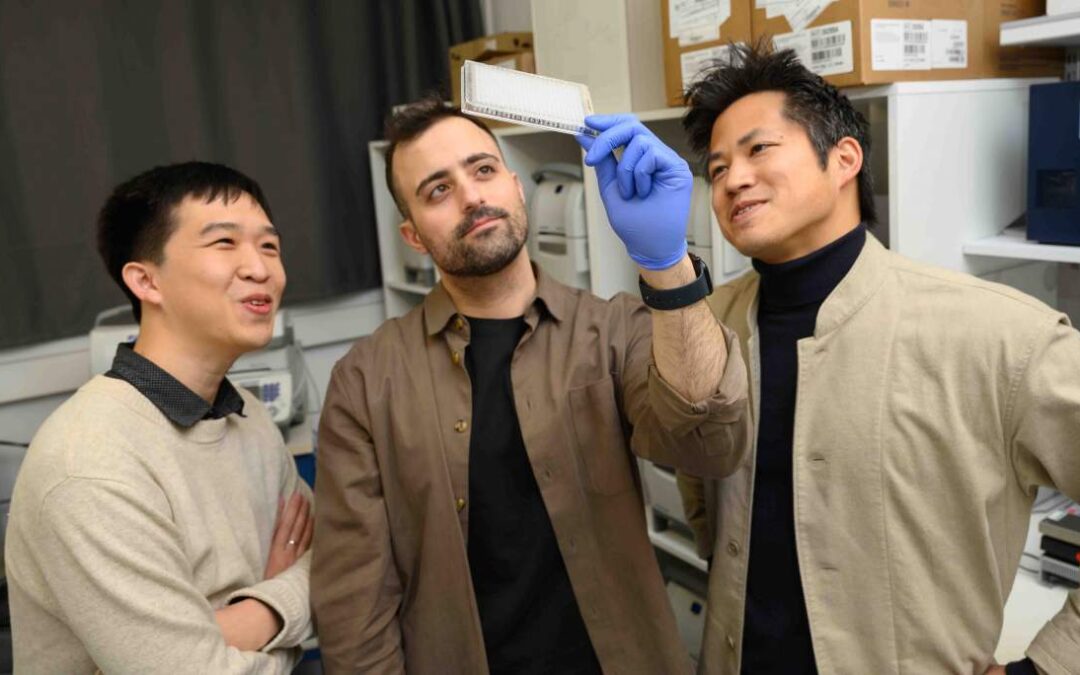Just days after their laboratories were damaged in the Iranian attack of the Weizmann Institute of Science, Professors Liran Shlush and Amos Tanay today publish a study expected to advance the field of blood cell medicine.
What if a blood test could reveal the pace of our aging – and the diseases that may lie ahead? The laboratories of Professors Shlush and Tanay have been conducting in-depth studies into the biology of blood to better understand the aging process and why some people become more susceptible to disease over the years.
Their research teams, made up of physicians, biologists and data scientists, have been tracking changes in the blood-forming stem cells, including the emergence of genetic changes in these cells in about one-third of people over the age of 40. These changes not only increase the risk of blood cancers such as leukaemia, but have also been linked to heart disease, diabetes and other age-related conditions.
In a new study published today (Friday 27 June 2025) in Nature Medicine – just days after their laboratories were severely damaged – Shlush and Tanay present findings that may lead to an innovative blood test for detecting a person’s risk of developing leukaemia. This test may potentially replace the invasive diagnostic procedure of bone marrow sampling.
The study focused on myelodysplastic syndrome (MDS), an age-related condition in which blood stem cells fail to properly mature into functional blood cells. Diagnosing MDS and assessing its severity is crucial, as it can lead to severe anaemia and may progress to acute myeloid leukaemia, one of the most common blood cancers in adults. Until now, diagnosis has relied on bone marrow sampling, a procedure that requires local anaesthesia and can cause discomfort or pain.
In the new study, a research team led by Dr Nili Furer, Nimrod Rappoport and Oren Milman, in collaboration with physicians and researchers in Israel and the United States, showed that rare blood stem cells – which occasionally exit the bone marrow and enter the bloodstream – carry diagnostic information about MDS. The researchers demonstrated that with a simple blood test and advanced single-cell genetic sequencing, it is possible to identify early signs of the syndrome and even assess a person’s risk of developing blood cancer.
The researchers also discovered that the migrating stem cells can serve as a clock for our chronological age, and that in males, their population changes earlier than in women in a way that increases the risk of cancer. This finding may explain the higher prevalence of blood cancers among men. The scientists believe that using the test to diagnose MDS and leukaemia is only the beginning, and that in the future it could be applied to a range of other blood-related disorders. The current findings are already being tested in a large-scale clinical trial at several medical centres around the world.
In addition to his laboratory research, Shlush is also a senior physician at Assuta Medical Center in Ashdod and at Maccabi Healthcare Services, and he heads the newly established Miriam and Aaron Gutwirth Medical School at the Weizmann Institute. The school was founded to address the emerging needs and challenges of the worlds of medicine and research and to bridge, as much as possible, the gap between today’s science and tomorrow’s medicine. Unlike existing programs around the world that combine medicine with research, the new program is expected to unify and intertwine the clinical and research components. The school is scheduled to open its doors for the first time this coming October and aims to train the next generation of physician-scientists.












